Yann Dauxais
UR1, LACODAM
EnriCo: Enriched Representation and Globally Constrained Inference for Entity and Relation Extraction
Apr 18, 2024Abstract:Joint entity and relation extraction plays a pivotal role in various applications, notably in the construction of knowledge graphs. Despite recent progress, existing approaches often fall short in two key aspects: richness of representation and coherence in output structure. These models often rely on handcrafted heuristics for computing entity and relation representations, potentially leading to loss of crucial information. Furthermore, they disregard task and/or dataset-specific constraints, resulting in output structures that lack coherence. In our work, we introduce EnriCo, which mitigates these shortcomings. Firstly, to foster rich and expressive representation, our model leverage attention mechanisms that allow both entities and relations to dynamically determine the pertinent information required for accurate extraction. Secondly, we introduce a series of decoding algorithms designed to infer the highest scoring solutions while adhering to task and dataset-specific constraints, thus promoting structured and coherent outputs. Our model demonstrates competitive performance compared to baselines when evaluated on Joint IE datasets.
Human-Machine Collaboration for Democratizing Data Science
Apr 23, 2020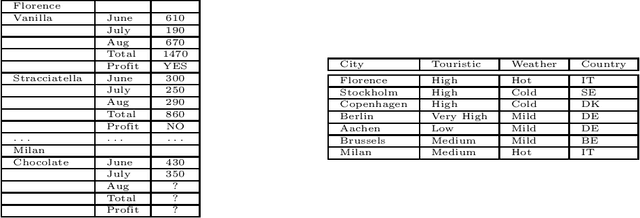

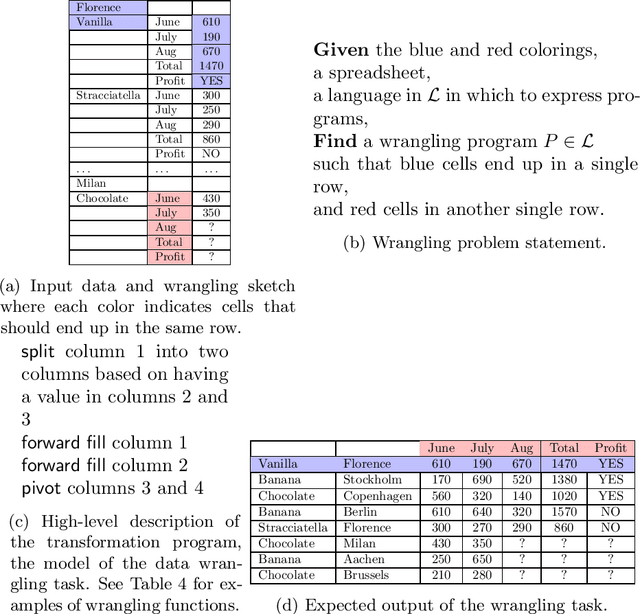
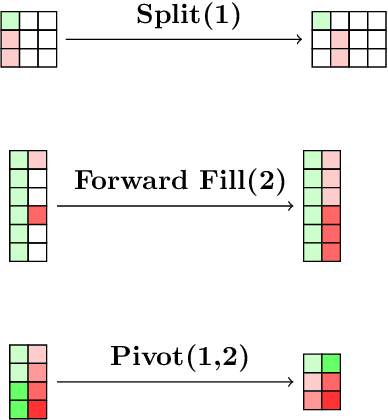
Abstract:Everybody wants to analyse their data, but only few posses the data science expertise to to this. Motivated by this observation we introduce a novel framework and system \textsc{VisualSynth} for human-machine collaboration in data science. It wants to democratize data science by allowing users to interact with standard spreadsheet software in order to perform and automate various data analysis tasks ranging from data wrangling, data selection, clustering, constraint learning, predictive modeling and auto-completion. \textsc{VisualSynth} relies on the user providing colored sketches, i.e., coloring parts of the spreadsheet, to partially specify data science tasks, which are then determined and executed using artificial intelligence techniques.
Discriminant chronicles mining: Application to care pathways analytics
Sep 11, 2017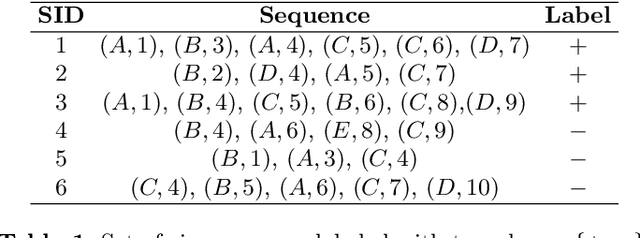

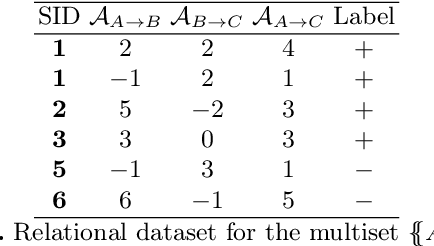

Abstract:Pharmaco-epidemiology (PE) is the study of uses and effects of drugs in well defined populations. As medico-administrative databases cover a large part of the population, they have become very interesting to carry PE studies. Such databases provide longitudinal care pathways in real condition containing timestamped care events, especially drug deliveries. Temporal pattern mining becomes a strategic choice to gain valuable insights about drug uses. In this paper we propose DCM, a new discriminant temporal pattern mining algorithm. It extracts chronicle patterns that occur more in a studied population than in a control population. We present results on the identification of possible associations between hospitalizations for seizure and anti-epileptic drug switches in care pathway of epileptic patients.
Declarative Sequential Pattern Mining of Care Pathways
Jul 26, 2017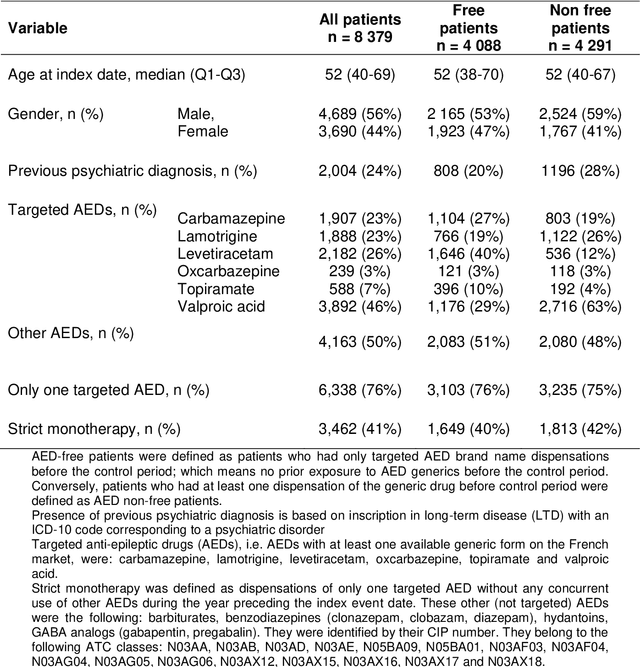
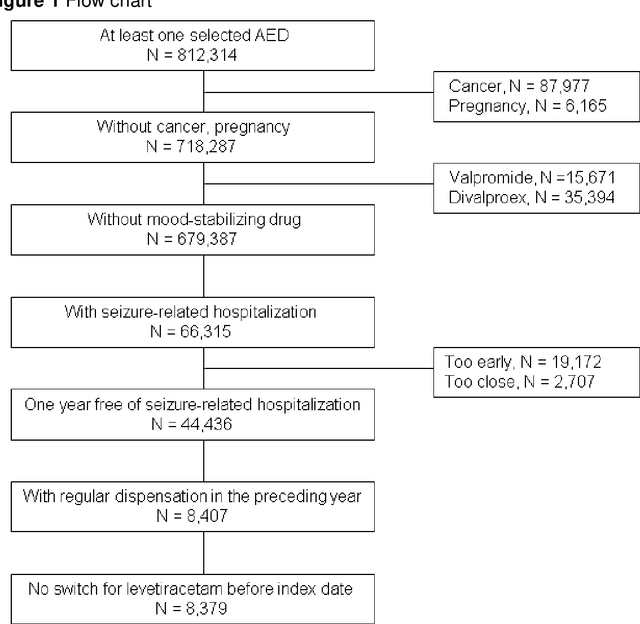

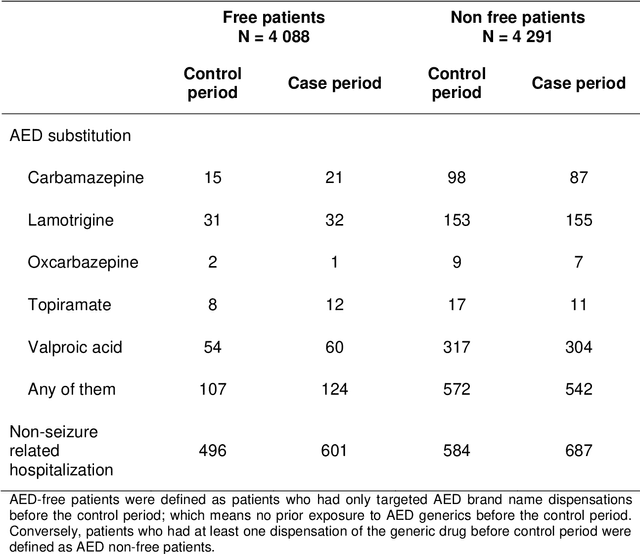
Abstract:Sequential pattern mining algorithms are widely used to explore care pathways database, but they generate a deluge of patterns, mostly redundant or useless. Clinicians need tools to express complex mining queries in order to generate less but more significant patterns. These algorithms are not versatile enough to answer complex clinician queries. This article proposes to apply a declarative pattern mining approach based on Answer Set Programming paradigm. It is exemplified by a pharmaco-epidemiological study investigating the possible association between hospitalization for seizure and antiepileptic drug switch from a french medico-administrative database.
 Add to Chrome
Add to Chrome Add to Firefox
Add to Firefox Add to Edge
Add to Edge